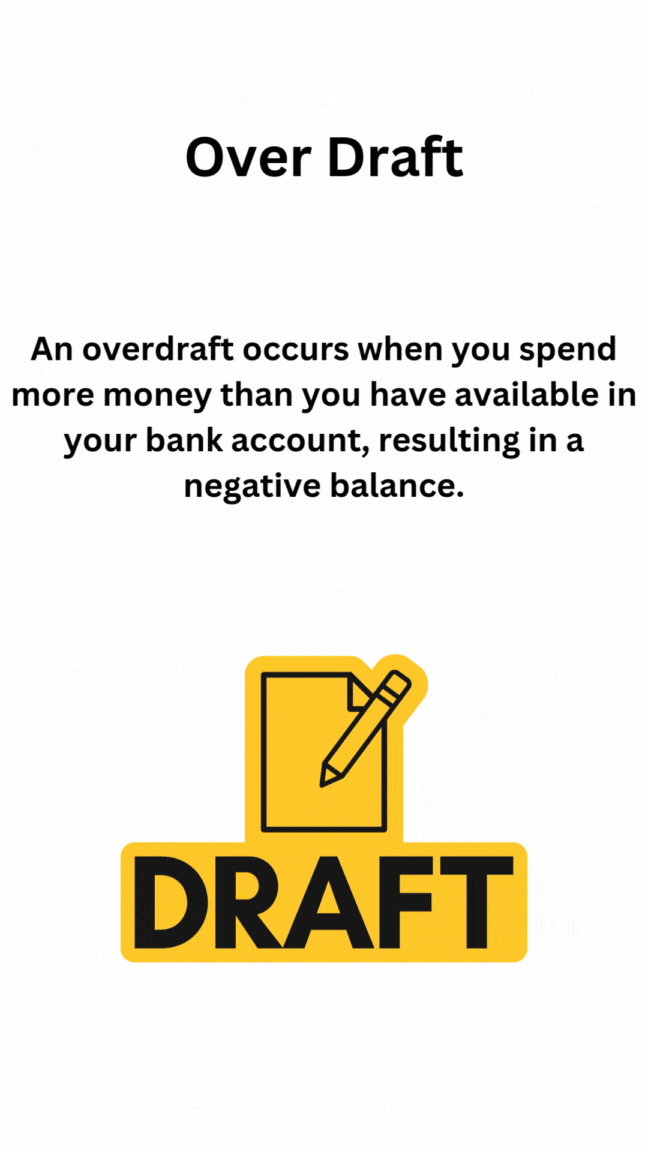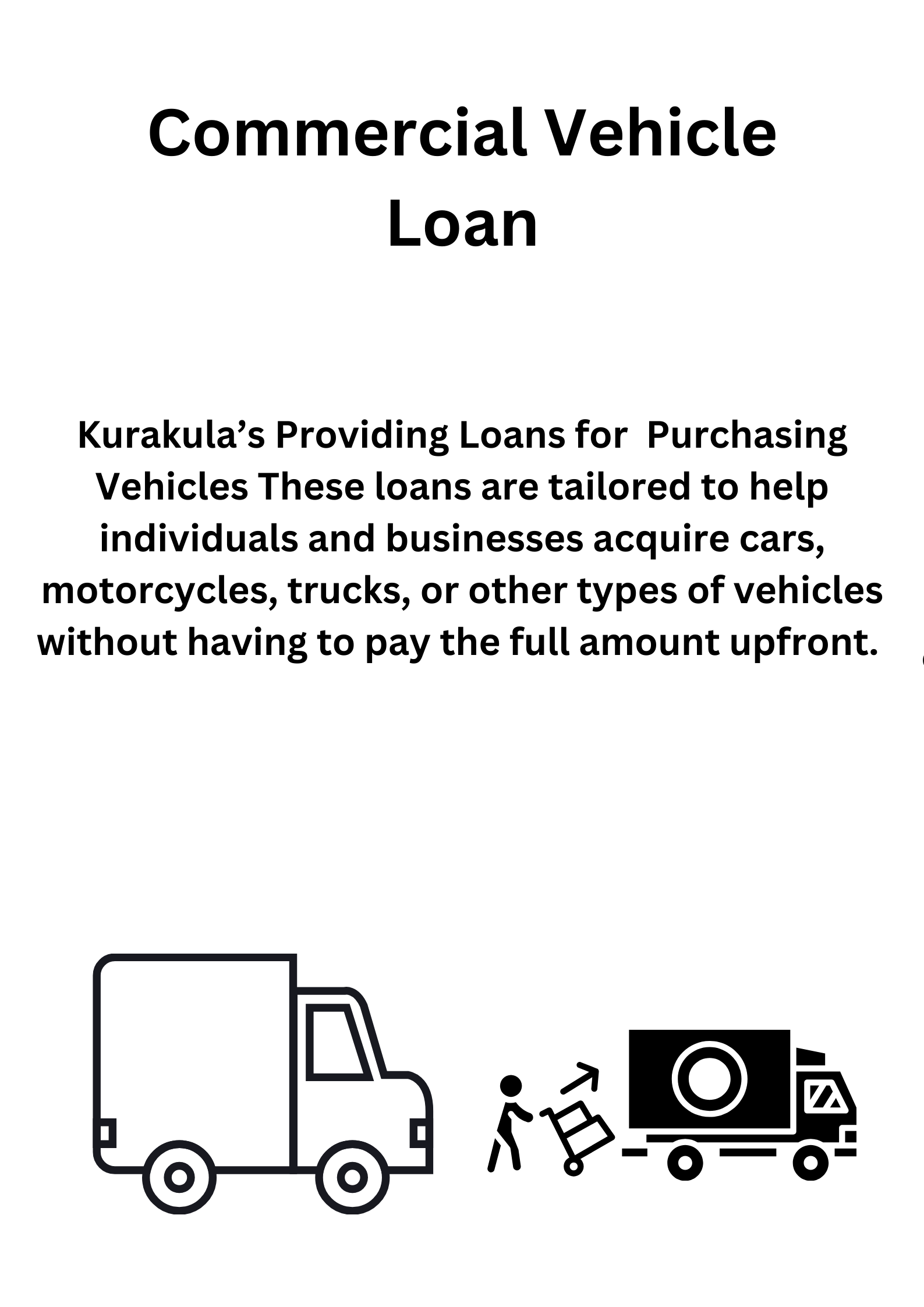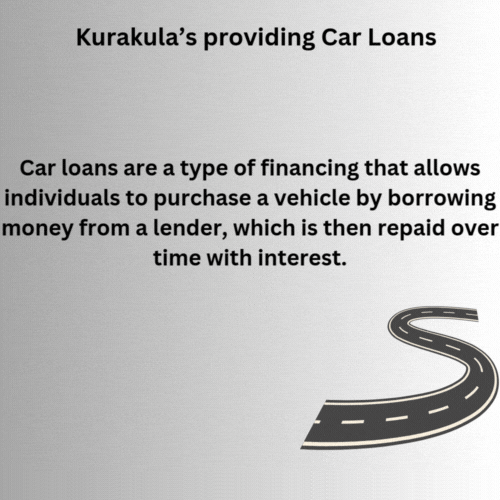Over Draft Occurs
This can happen through checks, debit card transactions, electronic payments, or ATM withdrawals. Overdrafts are a common banking feature, but they often come with fees and potential financial consequences if not managed properly.
How Over drafts Work
- Transaction Exceeds Available Balance:
- If you attempt to make a payment or withdrawal that exceeds your account balance, the bank may allow the transaction to go through, resulting in a negative balance.
- For example, if you have 50inyouraccountandmakea50inyouraccountandmakea70 purchase, your account balance will become -$20.
- Overdraft Fees:
- Banks typically charge an overdraft fee for allowing the transaction to process despite insufficient funds. These fees can range from 25to25to40 per transaction, depending on the bank.
- Some banks also charge extended overdraft fees if your account remains negative for a certain period (e.g., 5–7 days).
- Overdraft Protection:
- Many banks offer overdraft protection, which links your checking account to another account (e.g., savings account, credit card, or line of credit). If you overdraw, funds are automatically transferred to cover the shortfall, often for a smaller fee than a standard overdraft fee.
- Without overdraft protection, transactions that exceed your balance may be declined, avoiding fees but potentially causing inconvenience.
Types of Over drafts
- Authorized Overdraft:
- An arrangement with your bank that allows you to overdraw your account up to a certain limit. This is often part of an overdraft protection plan.
- Unauthorized Overdraft:
- When you overdraw your account without prior arrangement, resulting in fees and potential penalties.
Pros and Cons of Over drafts
Pros:
- Prevents declined transactions or bounced checks.
- Provides short-term liquidity in emergencies.
- Overdraft protection can help avoid fees and maintain financial flexibility.
Cons:
- High fees can quickly add up, making it an expensive way to borrow money.
- Repeated overdrafts may harm your relationship with the bank.
- Unpaid overdrafts can be sent to collections, damaging your credit score.
How to Avoid Over drafts
- Monitor Your Account:
- Regularly check your account balance and track pending transactions.
- Set Up Alerts:
- Use your bank’s mobile app or online banking to set up low-balance alerts.
- Opt-Out of Over draft Coverage:
- In some countries (like the U.S.), you can opt-out of overdraft coverage for debit card transactions. This means transactions will be declined if you don’t have enough funds, avoiding fees.
- Link Accounts:
- Set up overdraft protection by linking your checking account to a savings account or credit line.
- Build a Buffer:
- Keep a small cushion of funds in your account to avoid accidental overdrafts.
Over drafts and Credit Scores
- Overdrafts themselves do not directly affect your credit score.
- However, if the negative balance is not repaid and the bank sends the debt to collections, it can negatively impact your credit score.
Key Takeaways
- Over drafts can be a useful financial tool but come with high costs if not managed carefully.
- Understanding your bank’s overdraft policies and setting up safeguards (like alerts or overdraft protection) can help you avoid unnecessary fees.
- Always aim to maintain a positive account balance to prevent overdrafts altogether.




Post Comment